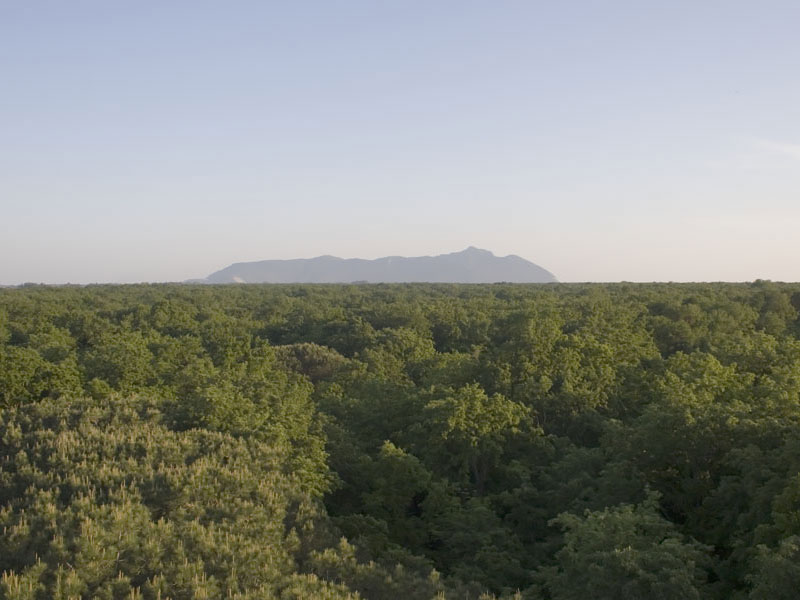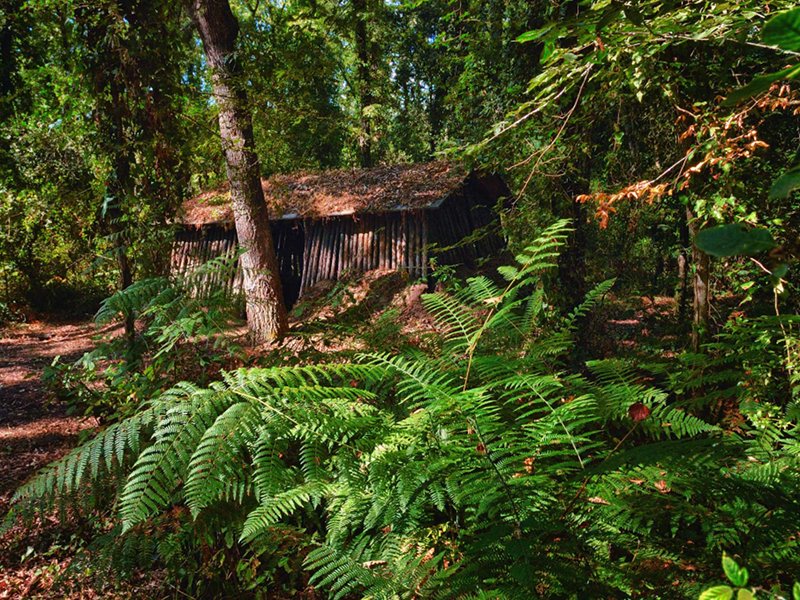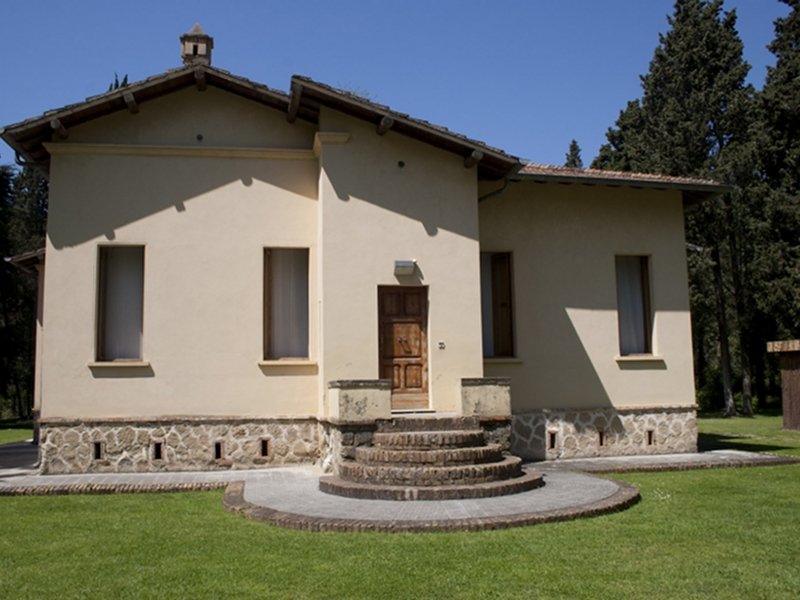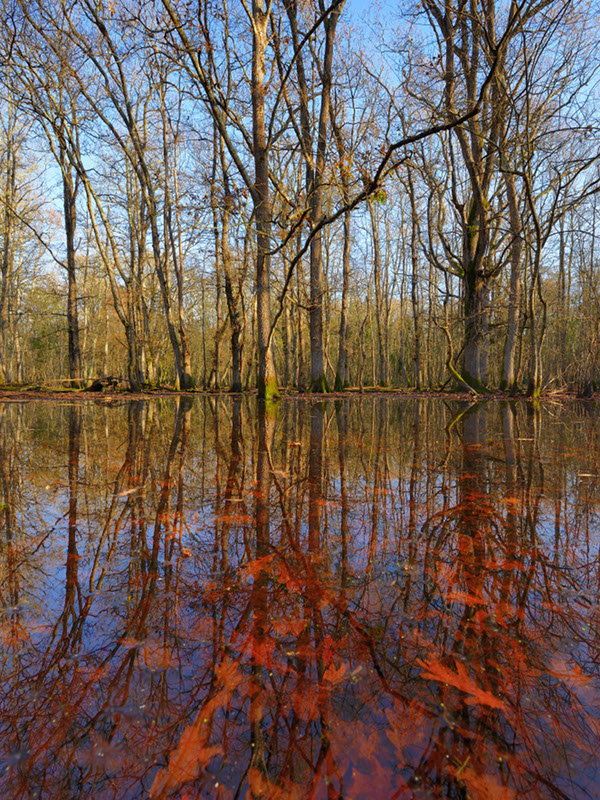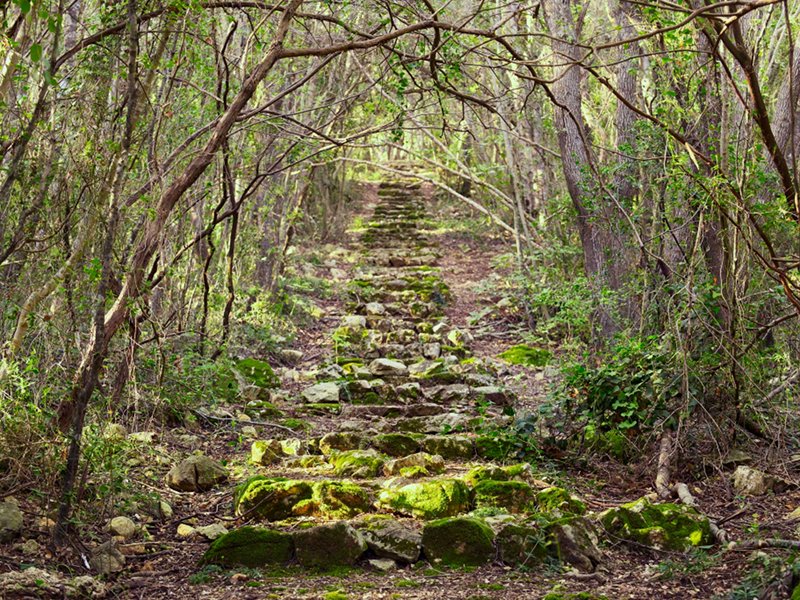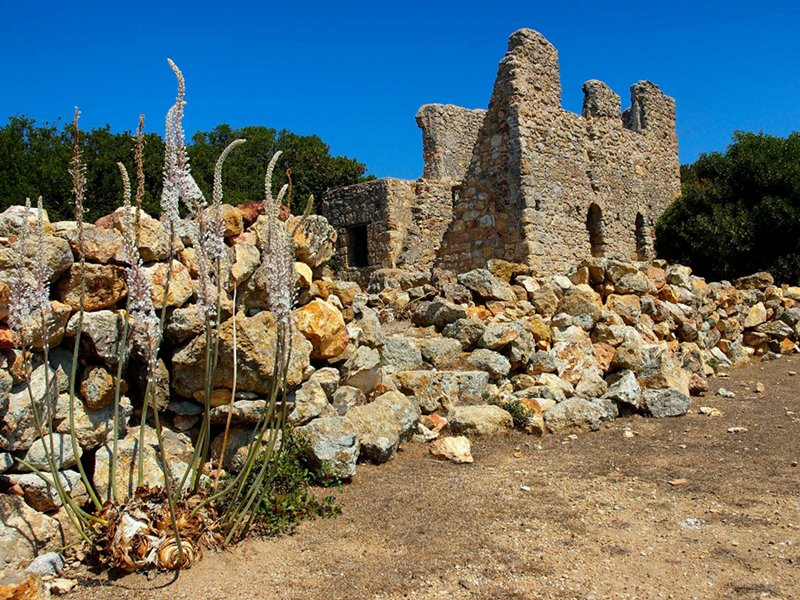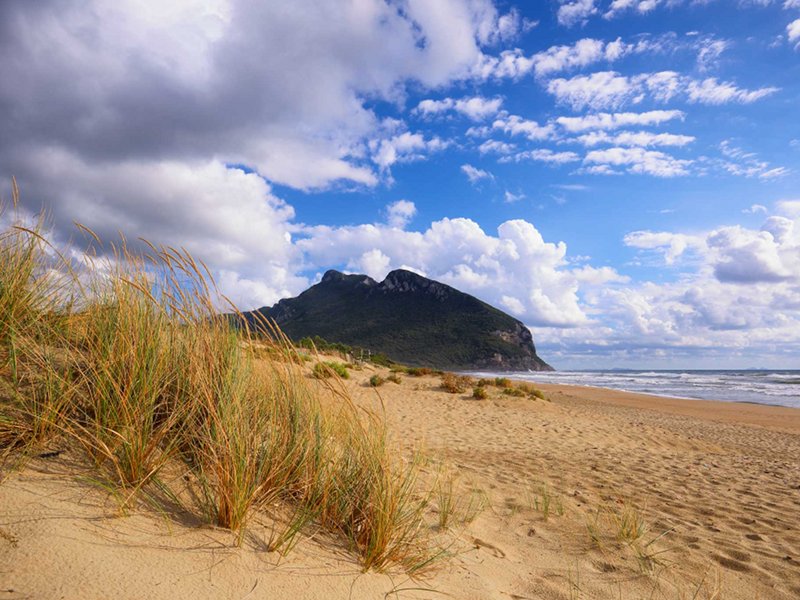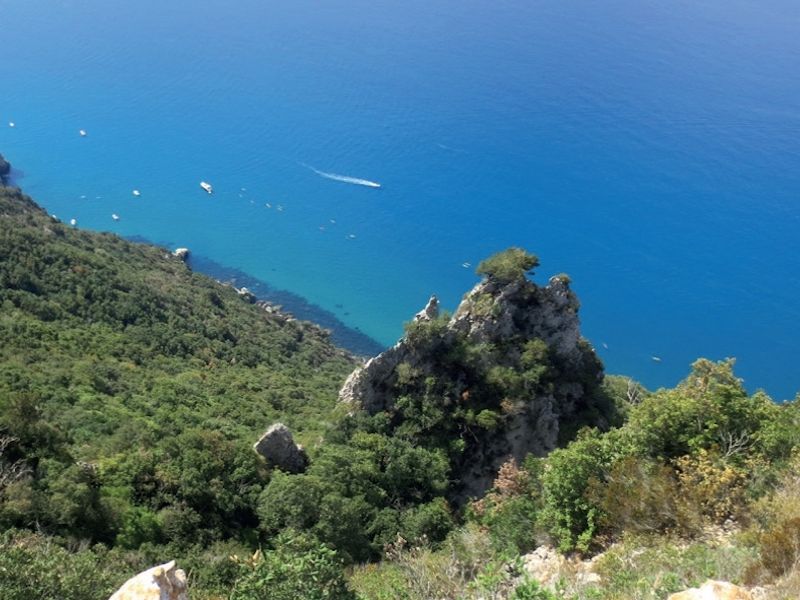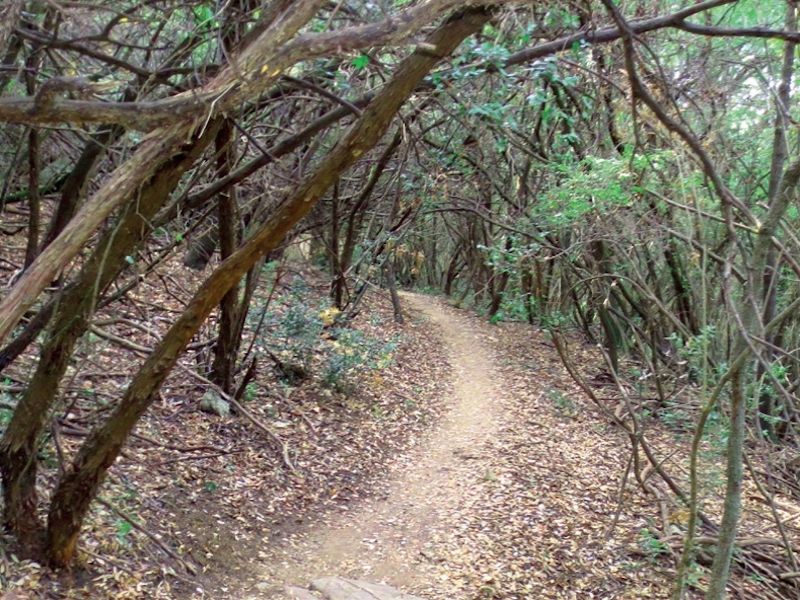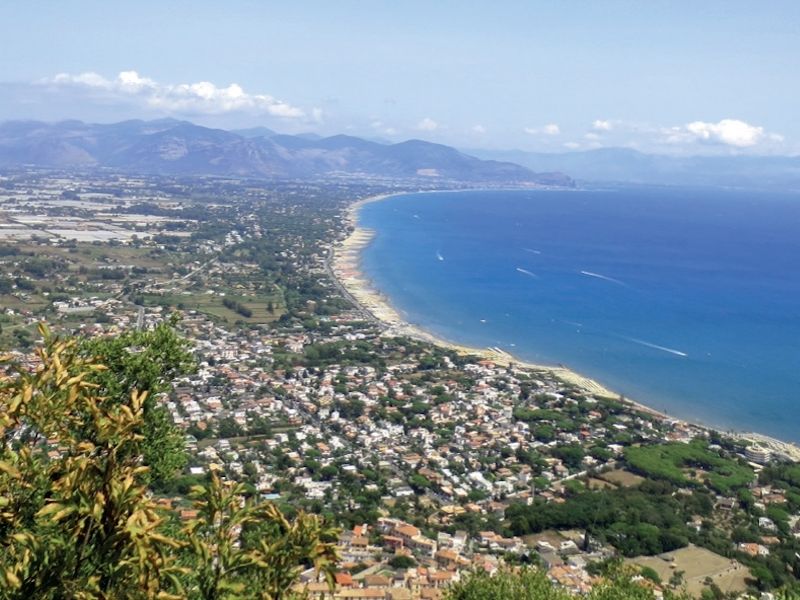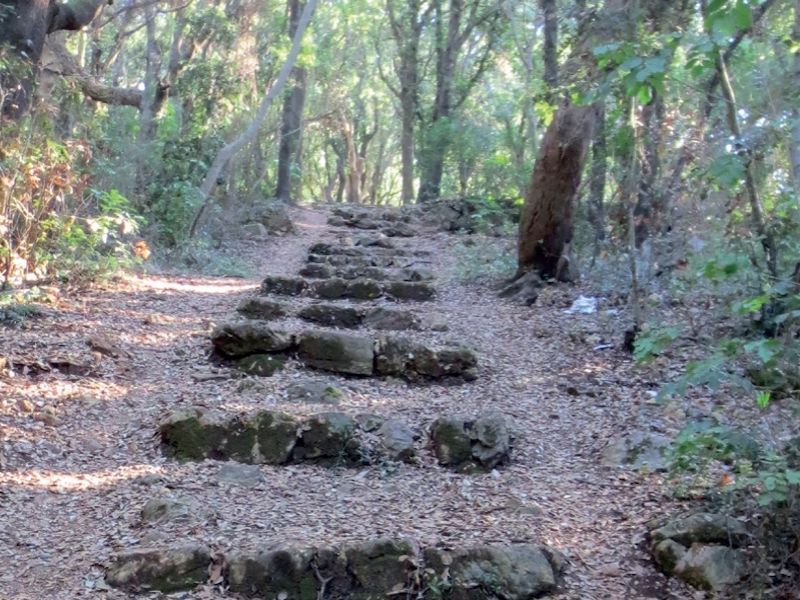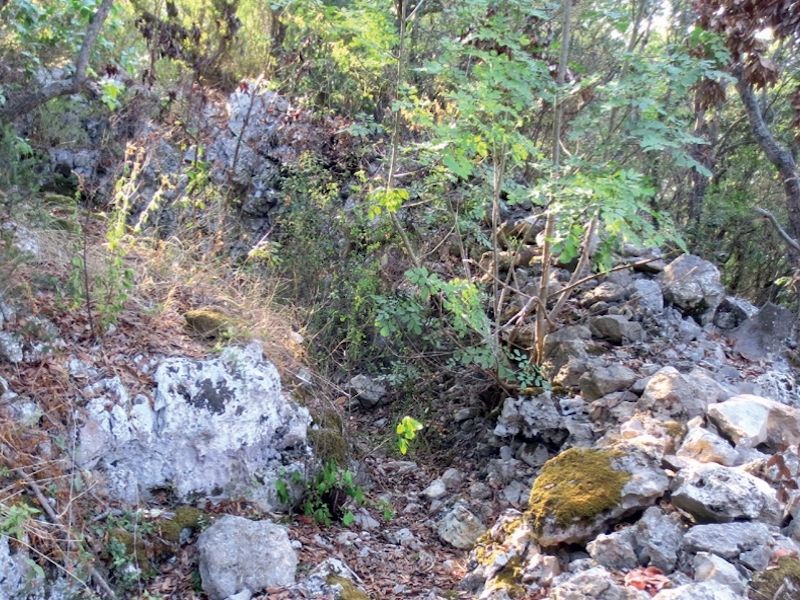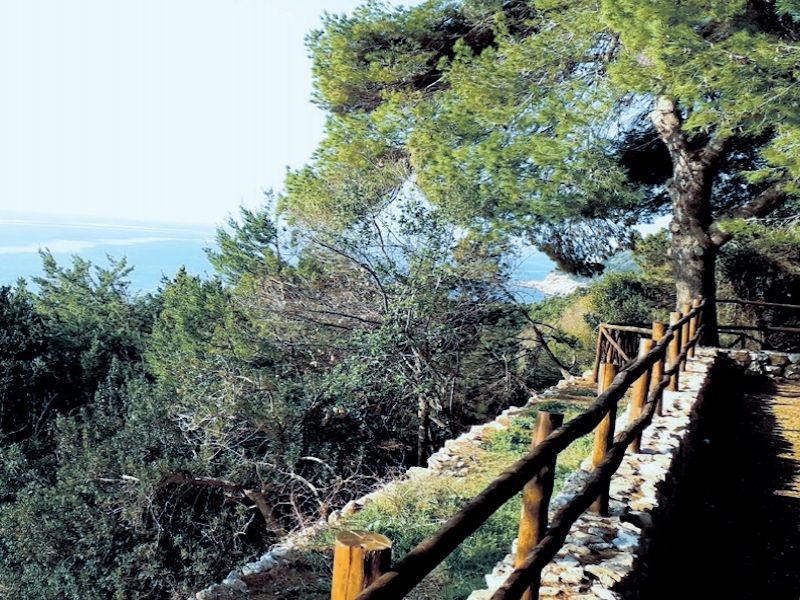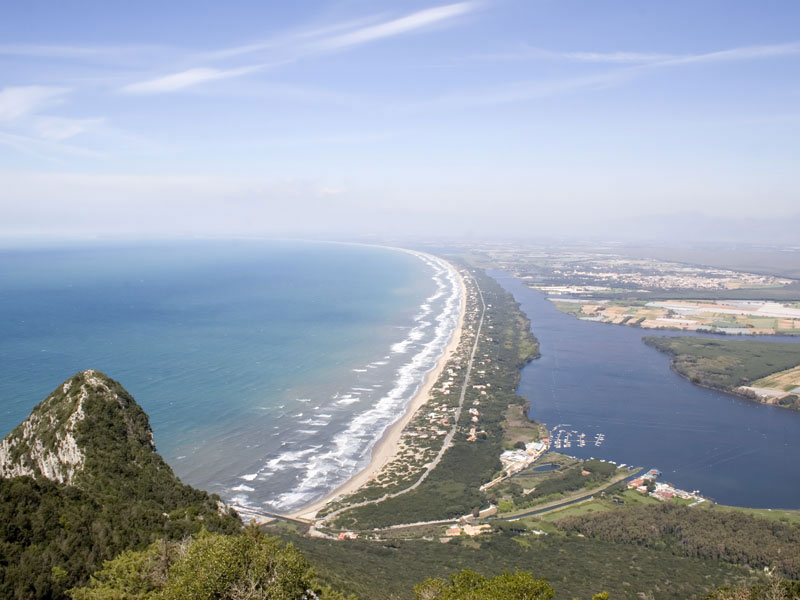Itineraries
The Trails in the Park
The territory of Circeo National Park offers several visit opportunities. In this section, we suggest some itineraries developing along trails giving the opportunity to thoroughly discover the landscape, the flora, the wildlife, and the historical and archaeological features of this extraordinary territory.
Further informationThe Promontory Paths
The Circeo Promontory, formerly an island, is today a small and isolated limestone-dolomitic mountain massif (541 mt. asl) which rises from the Pontine plain and delimits the Circeo National Park to the north. The promontory massif is divided into two main sides, depending on the exposure, called Quarto Caldo and Quarto Freddo and represents an important treasure chest of biodiversity. The trail network of the Circeo Promontory extends for 21 km in a very suggestive and fascinating environment crossing the entire promontory and connecting the areas of greatest interest and naturalistic value present in the area. Through this network you could reach places of great historical and cultural value, such as the historic center of San Felice Circeo, the Acropolis of the Circei with its Cyclopean walls, the sixteenth-century coastal fortifications of Torre Paola and Torre Fico or the Napoleonic outpost of "Batteria" at the foot of the promontory, directly on the sea. In addition to places of considerable historical value, surrounded by an aura of mystery and legend, you could pass through natural environments of great ecological and landscape value. You could pass from holm oak and cork oak forests, with the presence of centennial tree specimens, to the typical Mediterranean scrub and every step along the path reveals new panoramic views and could be an opportunity to observe the fauna that inhabits them.
![]() Download the guide of the main itineraries and services within "I Sentieri del Promontorio"
Download the guide of the main itineraries and services within "I Sentieri del Promontorio"
Accessible Trails...
The Park is well-organised as far as people with disabilities are concerned, thanks both to its natural plain ground and to the richness in paths which are accessible also with orthopaedic wheelchairs led by guides, and to the presence in the Visitor Center of some structures and equipment (sanitary service, crawler track for stairs) dedicated to specific activities to improve the general accessibility of the paths: for instance, the creation of the nature trail for blind people which has been integrated to the nature trail "botanic gardens" in Villa Fogliano.



